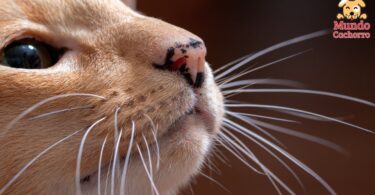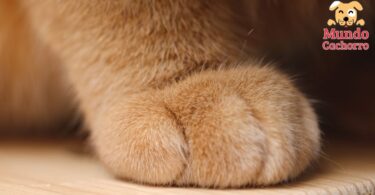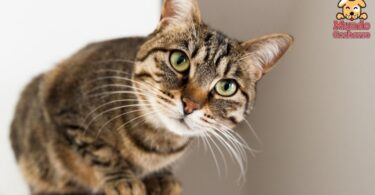Although cats’ bodies are generally more resistant than those of humans, this does not mean that they are exempt from suffering from diseases such as diabetes and feline hypertension, which are very common in cats with a sedentary lifestyle.
Indice
Diabetes and hypertension are fairly common diseases in people, the causes of which can be genetic, bad lifestyle habits, or in the case of hypertension, be related to another disease.
What many people do not know is that, like humans, cats are also prone to this type of pathology, cats are also prone to suffer from this type of pathology. and for the same reasons. However, the detection of these diseases can be complicated, for this reason, we will discuss all about feline diabetes and hypertension.
Diabetes in cats
The
diabetes in cats
Diabetes Mellitus, also known as Diabetes Mellitus, is more common than is believed, and can affect felines of any age, although males, over 6 years of age and overweight, are more likely to develop the disease.
As in humans, there are two types of diabetes:
- Type 1, insulin-dependent. A malfunction of the pancreas is the cause.
- Type 2, non-insulin dependent. The cells develop insulin resistance. It is the most common in cats.
Symptoms
The safest way to detect diabetes is by measuring glucose levels in urine or blood. measurement of glucose levels in the urine or blood.. A normal range is 3.6-8.6 mmol/l or 65-155 mg/dl; while levels above 12 mmol/l or 280 mg/dl confirm the diagnosis of feline diabetes.
However, diabetic cats often manifest alterations in their behavior and appearance, with the following being the most common symptoms to which owners should pay attention:
- Weight loss, even if the cat eats abundantly.
- Rough coat.
- Halitosis.
- The cat urinates more frequently than usual.
- Excessive water intake.
- Nerve dysfunction.
- Urinary tract infection.
- Liver problems.
They may also show weakness, nausea, vomiting, lack of appetite, and in the worst case, fall into a coma.
Treatment
Regarding treatment, it will depend on the type of will depend on the type of diabetes that the feline suffers from.. If it is type 1, insulin administration will be necessary; but if it is type 2, it can be controlled through a change of habits, with a better diet and exercise, although insulin administration may be required.
Feline hypertension
The
hypertension in cats
is usually associated with the presence of another disease, is associated with the presence of another disease that can cause alterations in blood pressure, such as diabetes, kidney problems, overweight or sedentary lifestyle; it can also appear in older cats.
Normal blood pressure values are as follows:
- Systolic pressure (SBP) between 120 and 180 mmHg.
- Diastolic pressure (DBP) of 60 to 100 mmHg.
When these numbers rise to 160/100 mmHg, hypertension is evident, and if it reaches 180 mmHg, it is a severe case. Any of them can be harmful to the kitten, since organs are the ones that suffer the effects, such as: eyes, nervous system, brain, kidneys and heart.The organs that suffer the effects are the eyes, nervous system, brain, kidneys and heart.
Symptoms
Early detection of hypertension can prevent damage to the pet’s organs, and although it usually presents as symptoms of another disease, it is difficult to identify that the pressure is high. However, the cat usually shows some signs that may alert the ownersuch as:
- Nervousness, apathy, hyperactivity or sadness cause the feline to hide.
- Little use of the litter box.
- Urinate blood.
- Nosebleeds.
- Sudden loss of appetite and weight.
- Blindness, dilated pupils, ocular hemorrhage, constant and strange eye movements.
- Disorientation, mobility problems.
- Seizures or heart problems.
Treatment
Finally, it is important to mention that hypertension is a disease that, although it cannot be completely avoided, it can be prevented. For this purpose, the ideal is to provide the cat with a healthy lifestyle, such as a balanced diet, regular physical activity, and of course, regular check-ups with a veterinarian.







